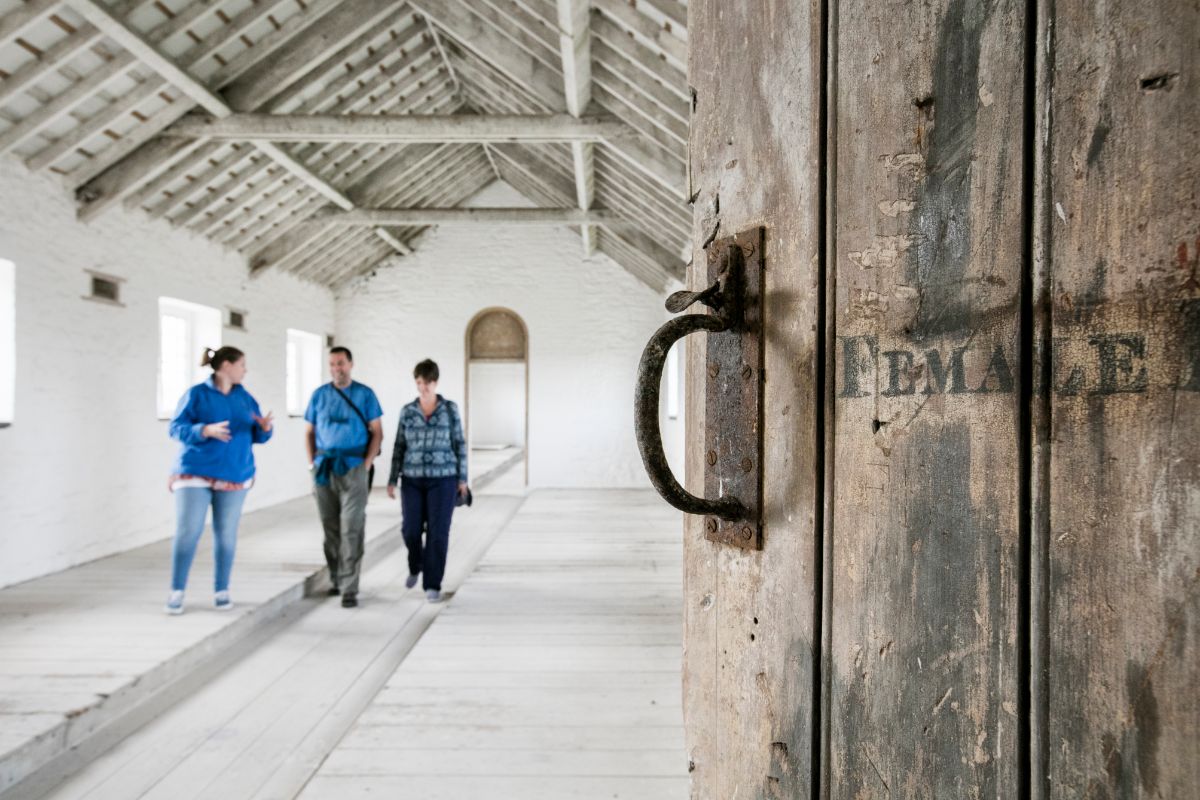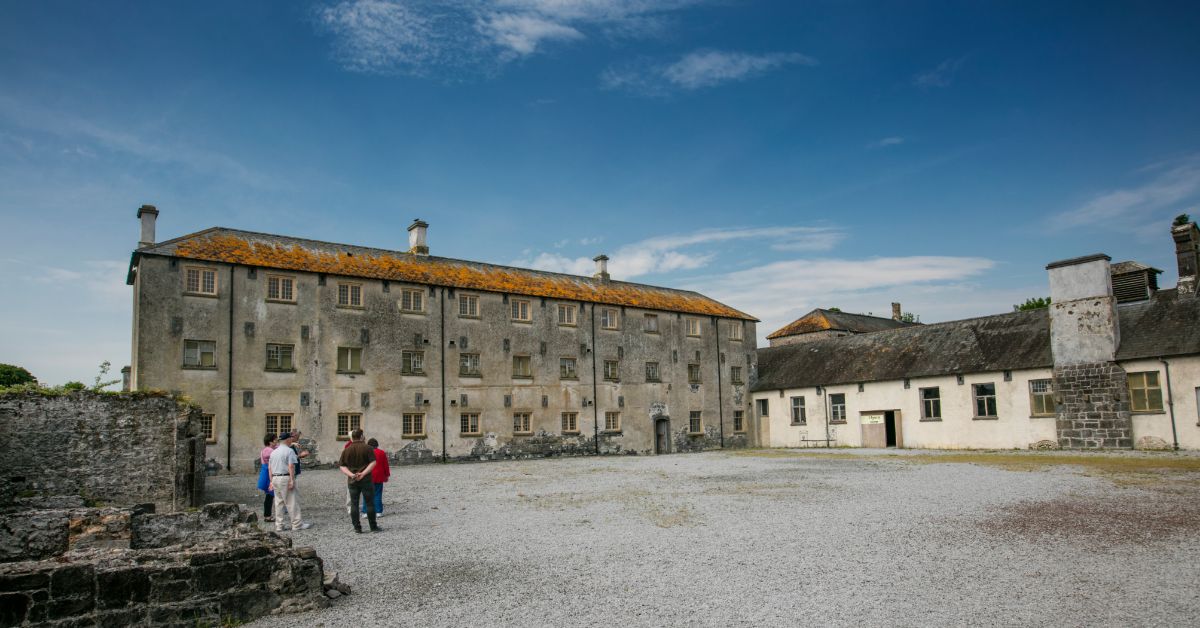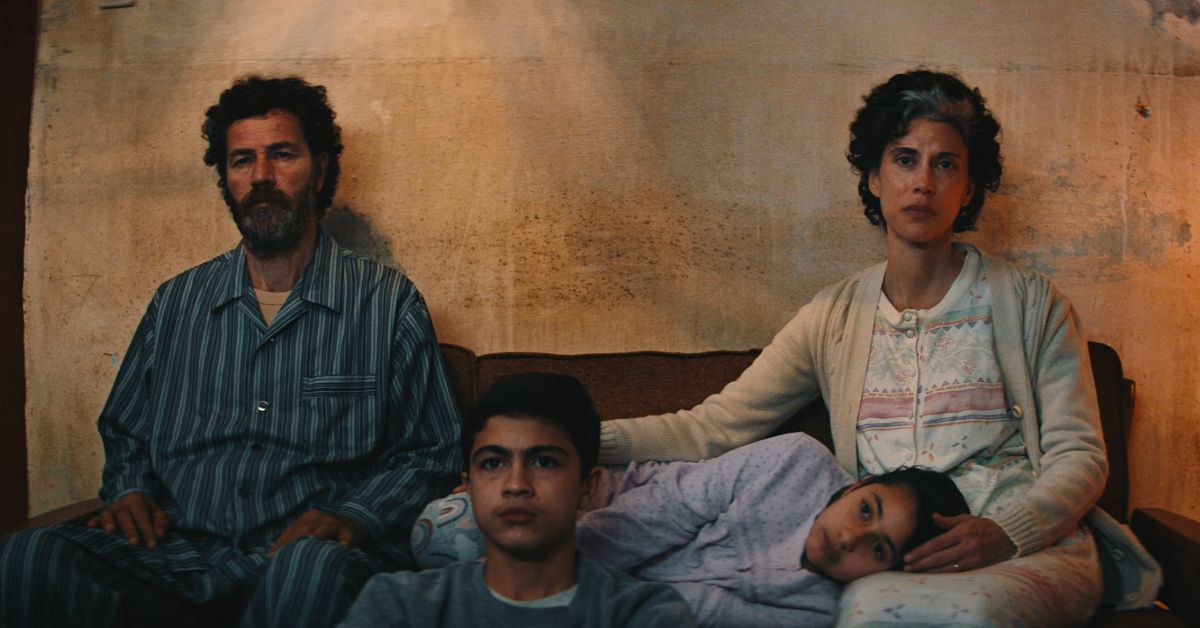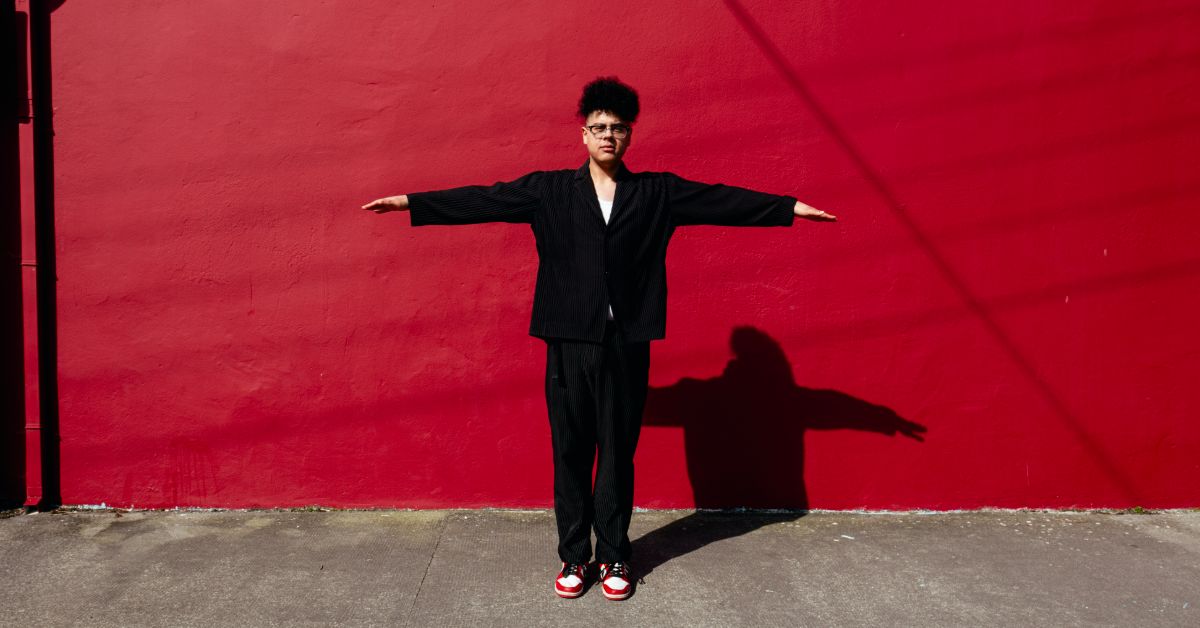Described as "the most feared and hated institution ever established in Ireland", the story of the Irish Workhouses is not a pleasant one. Today, the haunting aura of the old stone remains serve as a chilling reminder of some of Ireland's darkest history. Let's take a step back into the tragic history of The Irish Workhouse Centre and explore the heartbreaking tale of a system that was tied up in shame and embarrassment that spans a period of some 80 years.
From early 1840 to 1920, as many as 163 workhouses were operated in Ireland and all these years later, one of the best preserved can be found in Portumna, with all seven workhouse buildings still intact. This workhouse opened its doors in 1852 and operated as such until the early 20th century. Set up to support people who were too poor to support themselves, in return for work you'd receive food and lodge. This was a place of last resort. One of the cruellest aspects of the workhouse was that it split up families, segregating them into separate living areas of women, men, girls and boys, with only children aged 2 or younger permitted to stay by their mother's side. Sometimes after entering the workhouse, family members would never see each other again.

During the Famine of 1845 -1849, people lost everything they had ever owned. The workhouse system couldn't cope with the starving masses who fled to the workhouses looking for aid. Gross overcrowding, death and disease followed. The daily work carried out by the workhouse inmates was work for work's sake, not being of any particular use due to the fact that work done inside the workhouse could not compete with any businesses outside the workhouse. Men were typically put to work breaking stones for building roads, while women did domestic duties such as cleaning, laundry or working in the kitchens. Meals were often of very poor quality, consisting of stirabouts, which is a mixture of porridge, milk and potatoes. For some, prison seemed like a better option as its regime was less strict and the food was of better quality.
After the Famine years, the workhouse became an institution for people that were offered little to no support from society such as orphans, single mothers, the old and the infirm. Between 1921 and 1922, the Portumna workhouse stopped being a place where sick, old and the homeless were cared for, sitting empty for years until Monsignor Timothy Joyce - a native of Portumna and the local parish priest - used parts of the workhouse buildings for different community activities. After the Monsignor had passed away, all activity inside the building came to a halt and once again it sat abandoned.

The workhouse system was abolished in the 1920s, but the fear and stigma attached to the large complexes would haunt people's memories for years to come. Once the workhouse in Portumna closed its door, people wouldn't go anywhere near the cold, grey buildings of the workhouse and as time went by it became locked up with weeds. In the span of 3 generations it went from living memory to being practically forgotten. At Portumna's Irish Workhouse Centre today, you can get a thought-provoking insight into what life in a workhouse was really like. It's a sobering reminder not to forget the people who entered looking for help for themselves and their families, and became victims to a harsh and brutal system.
To find out more about The Irish Workhouse Centre in Portumna, click HERE.
Published on Updated on













